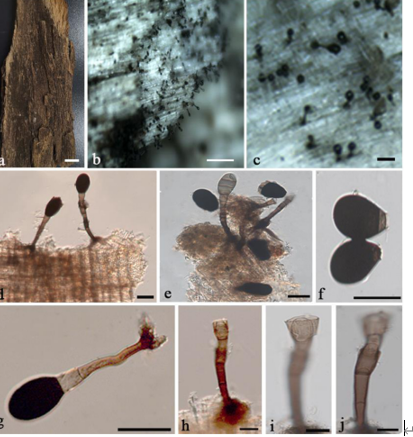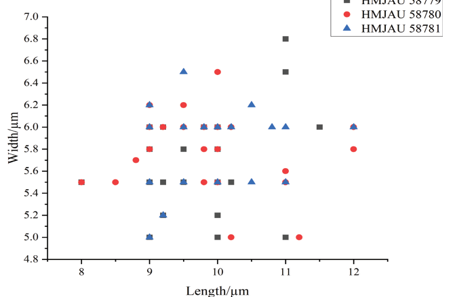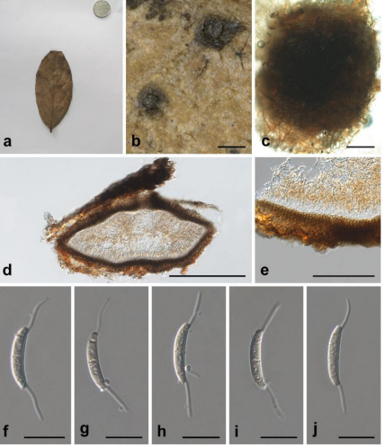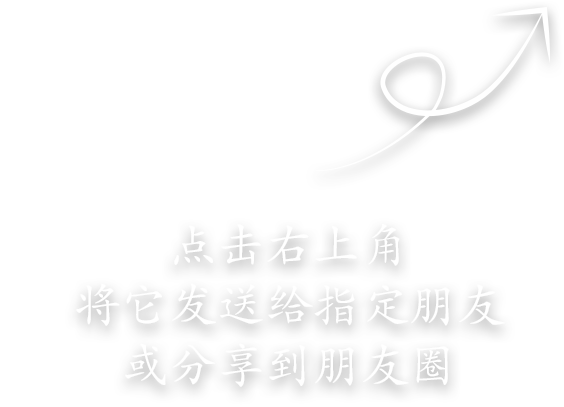Trichomerium flexuosum W. Sun, X.Z. Liu and M.C. Xiang, sp. nov. 2020
MycoBank MB 817689
Holotype: China: Guizhou Province: Tongren City, Fanjing Mountain, 27◦540 N, 108◦410 E, 2313 m a.s.l., from rock in vegetation-free area, 12 November 2014, Meichun Xiang, (HMAS 246982 (dried culture)–holotype and CGMCC 3.17988–ex-type culture).
Morphological description
Hyphae cylindrical, branched, smooth, constricted at the septa, 2.9–7.8-µm-wide(x = 4.7 µm, n = 20), dark brown, guttulate, enteroblastically proliferating (Figure 14C,D). Swollen cells globose, ellipsoidal, or irregular, brownish to brown, developing in the hyphal apices or intercalary, up to 10.8-µm-wide (x = 8.7 µm, n = 10), apical blastic proliferation commonly in moniliform hyphae (Figure 14E,F). Terminal cells or intercalary cells, 5.0–8.5-µm-long, 7.3–9.0-µm-wide (x = 6.8 × 8.2 µm, n = 10), often proliferating with umbonate apices and branched by budding (Figure 14G–I).Culture characters: Colonies on MEA growing slowly, attaining 15-mm-diam. after 20 weeks at 25 ◦C, dark brown, velvety, with long, grayish-brown aerial hyphae, black irregular margin, black in reverse (Figure 14A,B). Minimum 4 ◦C, optimum at 20–25 ◦C, and maximum 29 ◦C.
Habitat: from rock in vegetation-free area
Distribution: Tongren City (Guizhou Province, China).
GenBank Accession:
Notes: Phylogenetic analyses and high bootstrap support values indicated that T. flexuosum is closely related to T. foliicola (MLBP/BIPP = 89%/1.00) (Figure 2). However, T. foliicola is known to produce a sexual morph, which remains unknown for T. flexuosum. The growth of T. flexuosum is slower than that of T. foliicola [27].
Reference: Wei Sun , Lei Su , Shun Yang et al.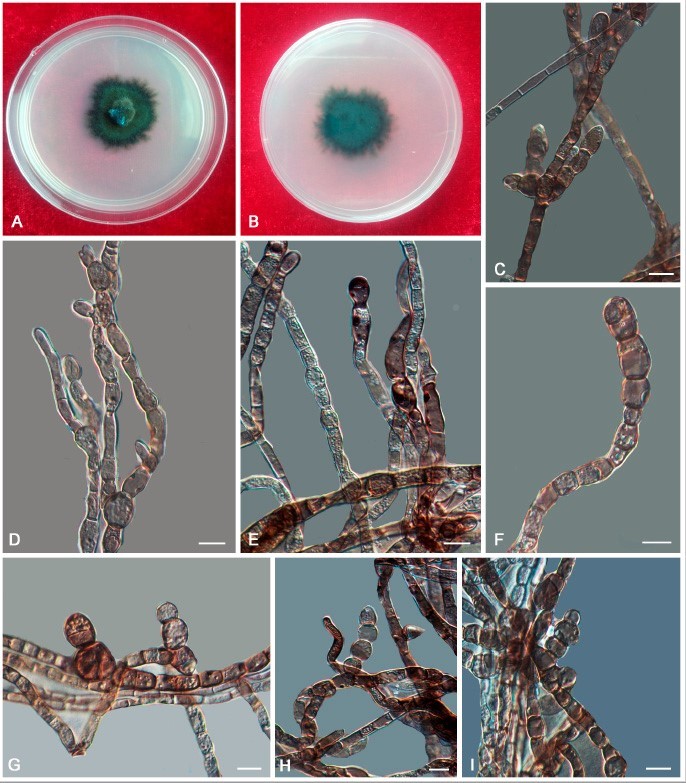
Trichomerium flexuosum (CGMCC 3.17988). (A,B) Colony forward and reverse after 20 weeks on MEA. (C,D) Hyphae with septa constricted. (E,F) Apical swollen cell. (G–I) Moniliform hyphae
with blastic proliferation of the branches. Scale bars: (C–I) = 10 µm.


